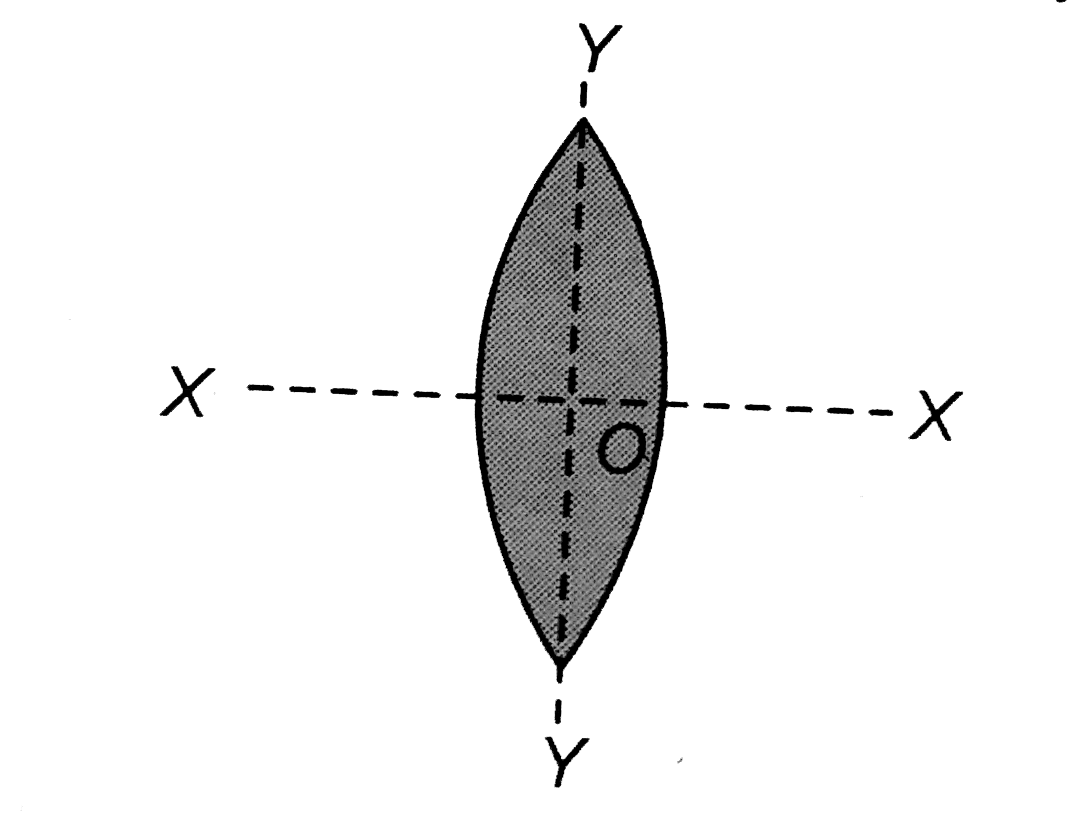Choose the correct statements from the following
The gravitational forces between two particles are an action and reaction pair.
Gravitational constant (G) is scalar but acceleration due to gravity (g) is a vector.
The values of G and g are to be determined experimentally.
G and g are constant everywhere.
The correct Answer is:A, B, C
To solve the question, we need to analyze each of the given statements regarding gravitational forces and constants. Let's go through them one by one:
1. Statement 1: Gravitational forces between two particles are an action and reaction pair.
- According to Newton's Third Law of Motion, for every action, there is an equal and opposite reaction. The gravitational force exerted by one particle on another is equal in magnitude and opposite in direction to the force exerted by the second particle on the first. Therefore, this statement is true.
2. Statement 2: Gravitational constant G is a scalar but acceleration due to gravity g is a vector.
- The gravitational constant G is indeed a scalar quantity as it represents a proportionality factor in the law of universal gravitation. On the other hand, the acceleration due to gravity g has both magnitude and direction (towards the center of the Earth), making it a vector quantity. Thus, this statement is true.
3. Statement 3: The values of capital G and small g are to be determined experimentally.
- The gravitational constant G is a universal constant that is determined experimentally. Similarly, the acceleration due to gravity g can vary based on location (e.g., altitude, depth) and is also determined experimentally. Therefore, this statement is true.
4. Statement 4: Capital G and small g are constant everywhere.
- This statement is false. While the gravitational constant G is indeed constant throughout the universe, the acceleration due to gravity g varies depending on factors such as altitude and geographical location. Therefore, this statement is incorrect.
Conclusion:
The correct statements are:
- Statement 1: True
- Statement 2: True
- Statement 3: True
- Statement 4: False
Thus, the correct options are 1, 2, and 3.
- According to Newton's Third Law of Motion, for every action, there is an equal and opposite reaction. The gravitational force exerted by one particle on another is equal in magnitude and opposite in direction to the force exerted by the second particle on the first. Therefore, this statement is true.
- The gravitational constant G is indeed a scalar quantity as it represents a proportionality factor in the law of universal gravitation. On the other hand, the acceleration due to gravity g has both magnitude and direction (towards the center of the Earth), making it a vector quantity. Thus, this statement is true.
- The gravitational constant G is a universal constant that is determined experimentally. Similarly, the acceleration due to gravity g can vary based on location (e.g., altitude, depth) and is also determined experimentally. Therefore, this statement is true.
- This statement is false. While the gravitational constant G is indeed constant throughout the universe, the acceleration due to gravity g varies depending on factors such as altitude and geographical location. Therefore, this statement is incorrect.
The correct statements are:
- Statement 1: True
- Statement 2: True
- Statement 3: True
- Statement 4: False
Topper's Solved these Questions
- BOOK - CENGAGE PHYSICS ENGLISHCHAPTER - GRAVITATIONEXERCISE - Assertion- Reasoning13videos
GRAVITATION
- BOOK - CENGAGE PHYSICS ENGLISHCHAPTER - GRAVITATIONEXERCISE - Linked Comprehension23videos
GRAVITATION
- BOOK - CENGAGE PHYSICS ENGLISHCHAPTER - GRAVITATIONEXERCISE - Single Correct122videos
GRAVITATION
- BOOK - CENGAGE PHYSICS ENGLISHCHAPTER - FLUID MECHANICSEXERCISE - INTEGER_TYPE1videos
FLUID MECHANICS
- BOOK - CENGAGE PHYSICS ENGLISHCHAPTER - KINEMATICS-1EXERCISE - Integer9videos
KINEMATICS-1
Similar Questions
An equiconvex lens is cut into two halves along (i)XOX′ and (ii)YOY′ as shown in the figure. Let f,f′f'' be the focal lengths of the complete lens, of each half in case (i), and of each half in case (ii), respectively
Choose the correct statement from the following
 View Solution
View SolutionChoose the correct statement from the following:
View Solution
Knowledge Check
- Question 1 - Select One
Choose the correct statement from the following.
ACleistogamous flowers always exhibit autogamyBChasmogamous flowers always exhibit geitonogamyCCleistogamous flowers exhibit both autogamy and geitonogamyDChasmogamous flowers never exhibit autogamy
Choose the correct statement from the following.
View SolutionChoose the correct statement from the following.
View SolutionChoose the correct statement from the following.
View SolutionChoose the correct statement from the following
View SolutionChoose the correct statement from the following
View SolutionChoose the correct statement from the following .
View SolutionChoose the correct statement from the following .
View Solution

